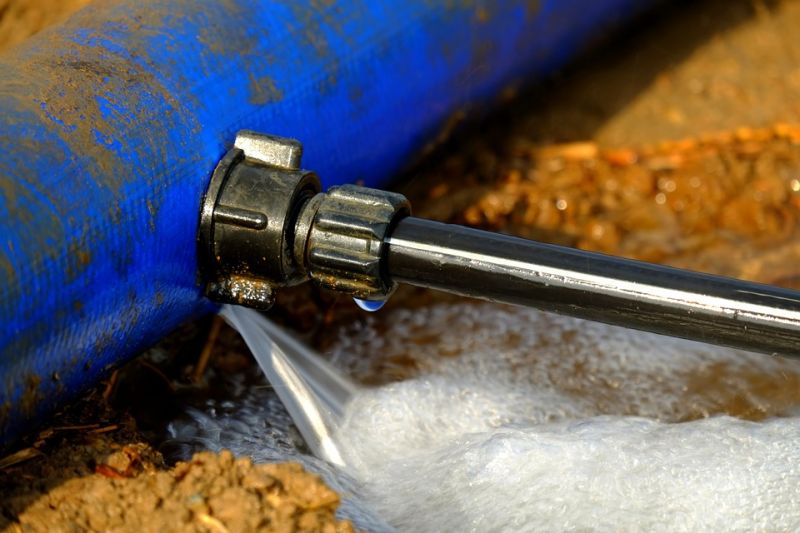A Smart Approach to Water Loss
Published on by Water Network Research, Official research team of The Water Network in Technology
The wide integration of IoT and data analytics into the GCC water networks can help to minimize leaks.
By Baset Asaba

Representative Image Source: Pixabay, labeled for reuse
Water loss remains one the serious challenges that regional utilities are still working hard to address. For most water utilities, it is important to close the considerable gap between the volumes of water they supply and those that are billed to the customers. This difference is known as Non-Revenue Water (NRW), or urban water loss, and it amounts to between 25 and 50% of the total water distributed globally.
Leakage is usually the largest component of distribution loss. It occurs in different components of the distribution system: transmission pipes, distribution pipes, service connection pipes, joints, valves, and fire hydrants.
GCC countries have given the losses in the municipal distribution network, both real and apparent, their adequate attention and have made programmes to minimize these to the acceptable international norms with the help of new water leak detection and prevention technologies.
As demand in the region evolves, there is a growing push towards SCADA control as clients seek more control of their network conditions such as flows, pressures, levels, and pumps. There is a lot more need for the use of electronics in the water networks.
Read the full article on Utilities Middle East
Media
Taxonomy
- Sensor Systems
- Remote Sensing & Data Analysis
- Leakage
- Leakage Reduction
- Water Loss Control
- Sensors
- Data & Analysis
- Distribution
- Water Demand Management and Loss Control